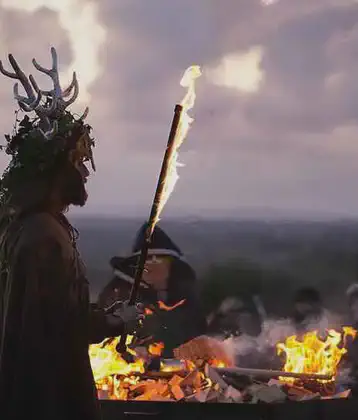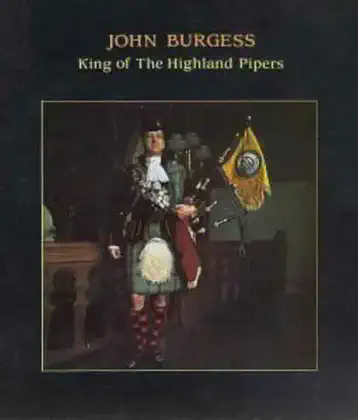On July 10, 1633 in Celtic History
Sailing ship blessing of burntisland, sank

The Blessing of Burntisland was a wooden ferry that carried people and goods 5 miles (8 km) across the Firth of Forth, Scotland, between Burntisland and Leith in the early 17th century. It sank in 1633 carrying a large amount of royal treasure. The shipwreck has never been found.
In 1626, the ferry was granted Letters of Marque, a license to attack or capture enemy vessels during the Thirty Years’ War.
The ferry capsized during a storm on 10 July 1633.
Only two of its thirty-five passengers and crew survived.
It was also carrying 20 carts of jewels, plate and textiles belonging to Charles I,which included, among other valuable objects, a 280-piece silver dinner service commissioned by Henry VIII.
Charles, undertaking an official tour of Scotland after his coronation there, had been staying at his hunting lodge in Falkland. He watched the ferry sink from the deck of his flagship, the Dreadnought. He blamed the sinking on a coven of witches, who were subsequently put on trial and executed in Lancashire.
The royal cargo, of between four and five tons of gold and silver, was estimated to be worth £100,000 at the time, US$400 million in 1997, and £500 million in 1999.
Related Content

Shane Patrick Lysaght MacGowan, lead singer of the Pogues, died
Shane Patrick Lysaght MacGowan is an Irish-English musician and songwriter, best known as the lead singer and songwriter of the punk band The Pogues.
Read More
St Machar Day, patron saint of Aberdeen
Saint Machar is the Diocesan Patron Saint of Aberdeen; the Feast Day being observed on 12th November.
Read More
Oíche Shamhna - Cetlic New Year Eve (Halloween)
In Scotland and Ireland, Halloween is known as Oíche Shamhna, while in Wales it is Nos Calan Gaeaf, the eve of the winters calend, or first. With the rise of Christianity, Samhain...
Read More
ALBAN ELFED (Welsh Bardic name for autumn equinox)
Alban Elued, The Light of the Water, the first day of Autumn, was also called Harvesthome. Observed on September 21, the Autumnal Equinox was the day when the sun again began to...
Read More
Feast day of St. James
Guinness St. James Gate Since mediaeval times, Dubliners held an annual drinking festival in the Saint’s honor. Fittingly, Guinness chose St. James’ Gate as the site for their...
Read More
John Davie Burgess, King of the Highland Pipers, died at age 71.
John Burgess died on June 29, 2005 at the age of 71.
Read More
No location specified

No location specified

No location specified

No location specified

No location specified

No location specified

No location specified

No location specified